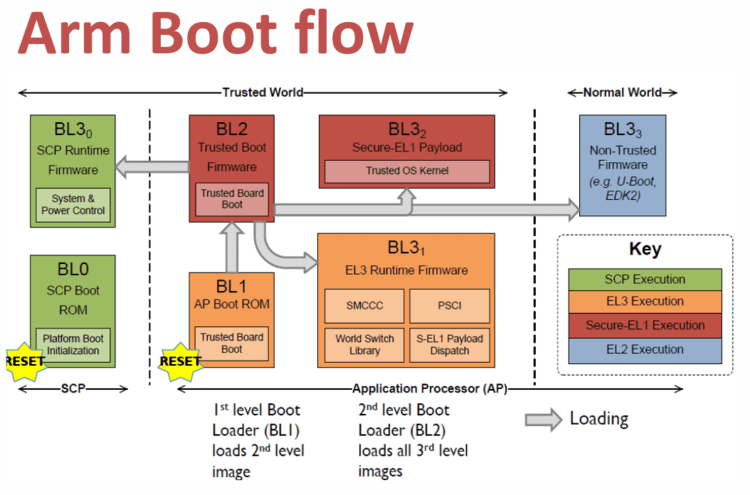


You cannot have a running device with Embedded Linux without a bootloader that initializes the hardware and load and start the OS. Join the nixCraft community via RSS Feed, Email Newsletter or follow on Twitter.Everything has a beginning. He wrote more than 7k+ posts and helped numerous readers to master IT topics. Vivek Gite is the founder of nixCraft, the oldest running blog about Linux and open source. Use the man command or help command to read the following man pages:
Linux u boot how to#
You learned how to start, stop or restart the Apache 2 web server using command-line over ssh-based session. # apache2ctl graceful-stop Run a configuration file syntax test We can do gracefully stops the Apache httpd daemon too? Try: # apache2ctl status Gracefully restarts the Apache daemon by sending it a SIGUSR1 # apache2ctl fullstatus Displays a brief status report
Linux u boot full#
# apache2ctl restart Shows a full status report from mod_status # apache2ctl stop Restarts the Apache daemon by sending it a SIGHUP # apache2ctl start Stops the Apache daemon Other options are as follows: Start the Apache daemon The apachectl/apache2ctl is Apache HTTP server control interface. # apachectl -f /usr/local/apache2/conf/nf

Then use the syntax is as follows (must be run as root user):

Outputs from the Ubuntu Linux 20.04 LTS server: apachectl is /usr/sbin/apachectl # service start apache24 Generic method to start/stop/restart Apache on a Linux/Unix/*BSD machinesįirst, use the type command or command command to find the apachectl or apachectl2 path: Latest version of FreeBSD 13 comes with apache24, so commands are: We need to use the service command as root user:įreeBSD user can restart Apache as follows: Alpine Linux start / stop / restart Apache 2 using openrc The above commands works with RHEL, CentOS, RockyLinux, Fedora, and AlmaLinux. Most modern RHEL based distro now using systemd, so you need to use the following systemctl command: Process: 15247 ExecReload=/usr/sbin/apachectl graceful (code=exited, status=0/SUCCESS)įeb 27 00:00:23 ubuntu-db-mgmnt systemd: Reloaded The Apache HTTP Server.įeb 28 00:00:23 ubuntu-db-mgmnt systemd: Reloading The Apache HTTP Server.ĬentOS/RHEL (Red Hat) Linux version 4.x/5.x/6.x or older specific commandsĬentOS/Fedora/RHEL (Red Hat) Linux version 7.x or newer specific commands Process: 115 ExecStart=/usr/sbin/apachectl start (code=exited, status=0/SUCCESS) Loaded: loaded (/lib/systemd/system/rvice enabled vendor preset: enabled)Īctive: active (running) since Wed 20:39:39 UTC 5 days ago We can view status using the following command: Use the following systemctl command on Debian Linux version 8.x+ or Ubuntu Linux version Ubuntu 15.04+ or above: $ sudo service apache2 start A note about Debian/Ubuntu Linux systemd users $ sudo service apache2 stop To start Apache 2 web server, enter: $ sudo service apache2 restart To stop Apache 2 web server, enter: You can either use service or /etc/init.d/ command as follows on Debian Linux version 7.x or Ubuntu Linux version Ubuntu 14.10 or older: Restart Apache 2 web server, enter: Debian/Ubuntu Linux Specific Commands to Start/Stop/Restart Apache


 0 kommentar(er)
0 kommentar(er)
